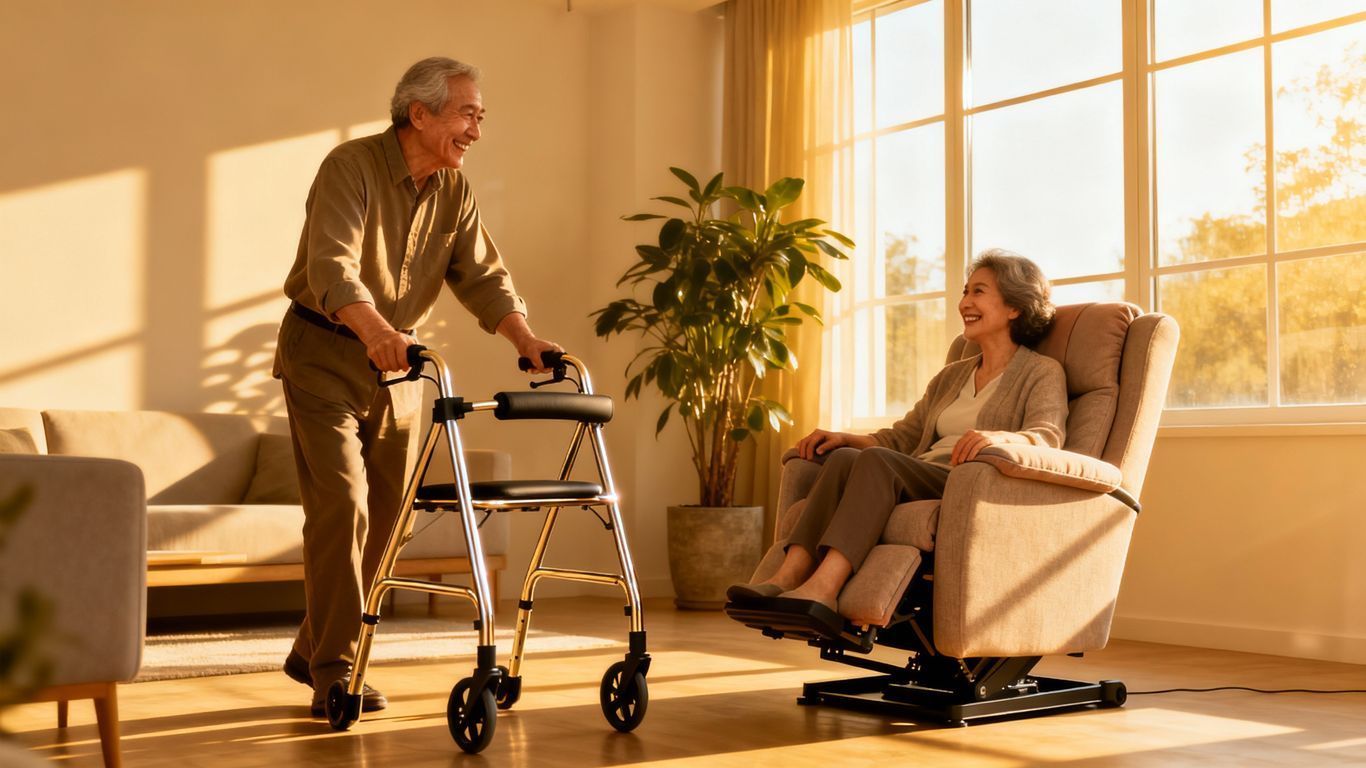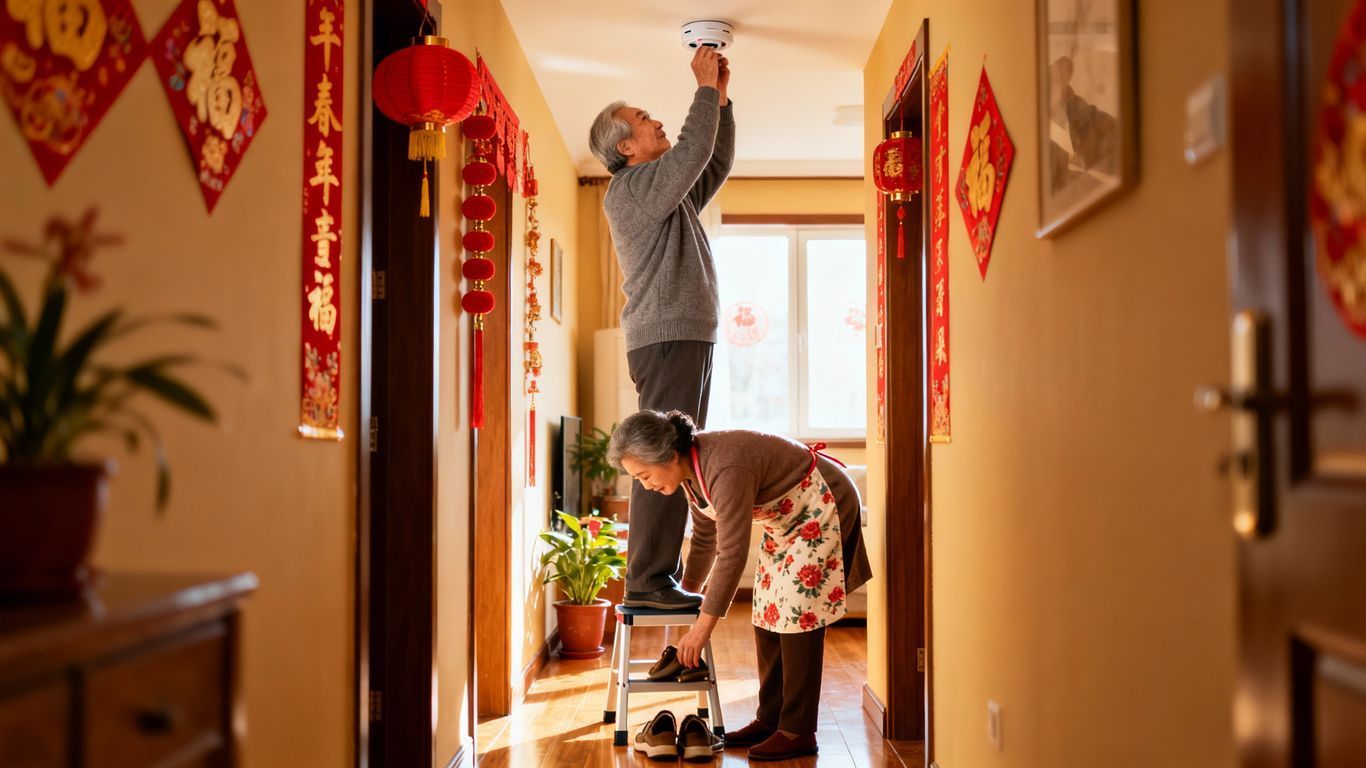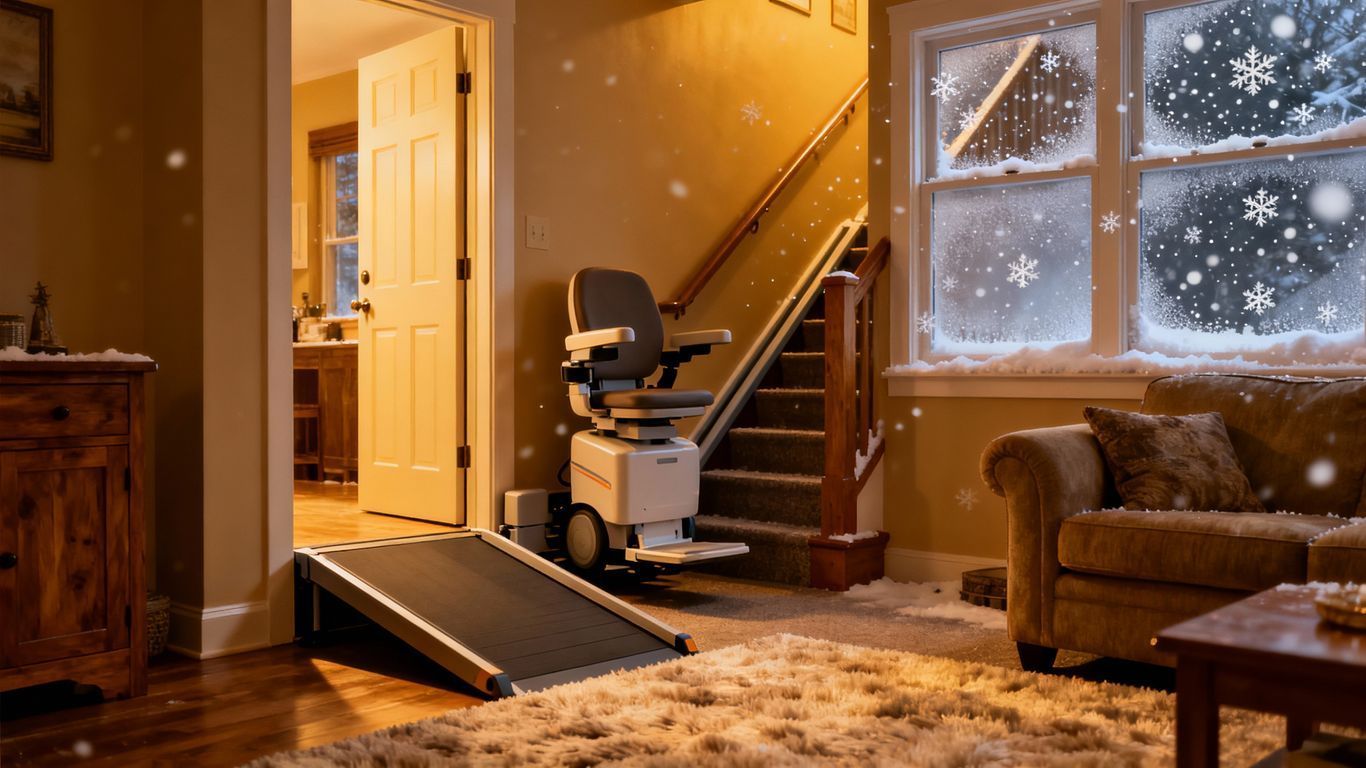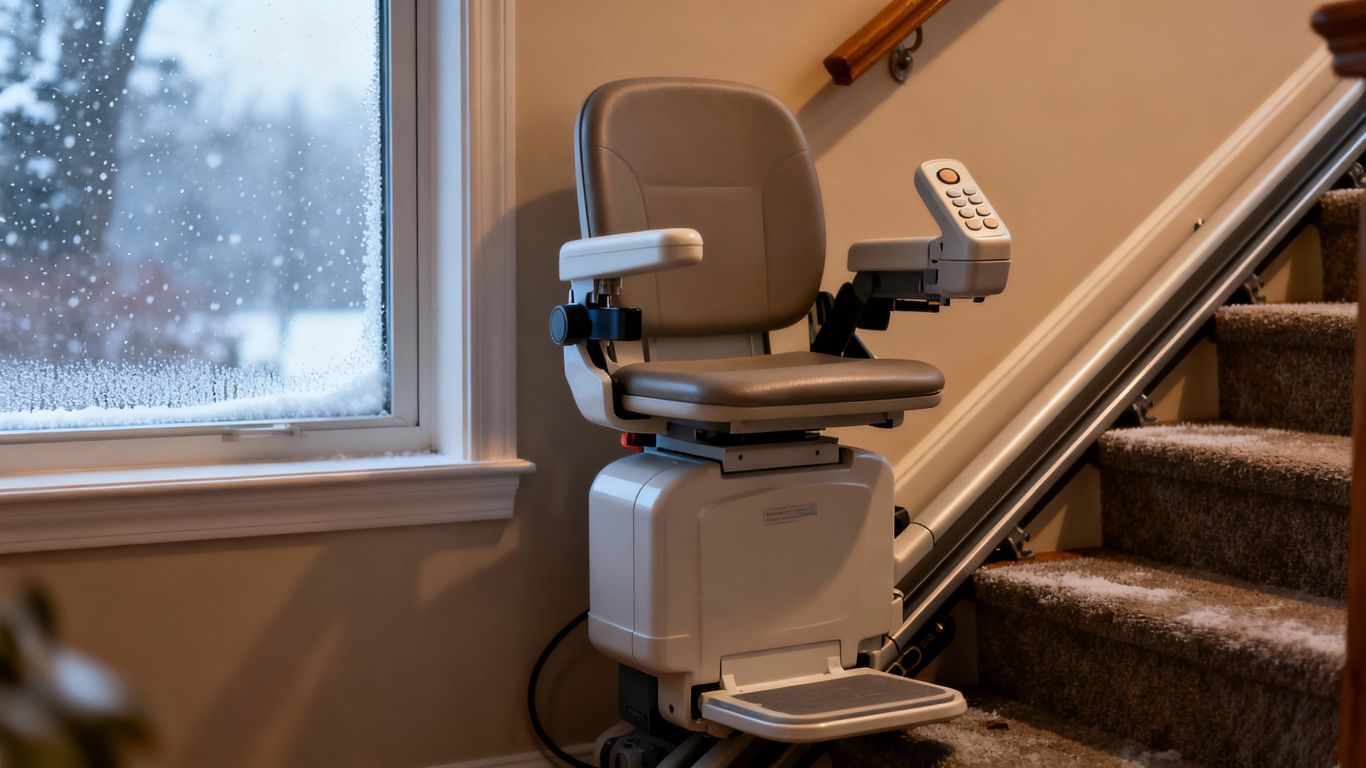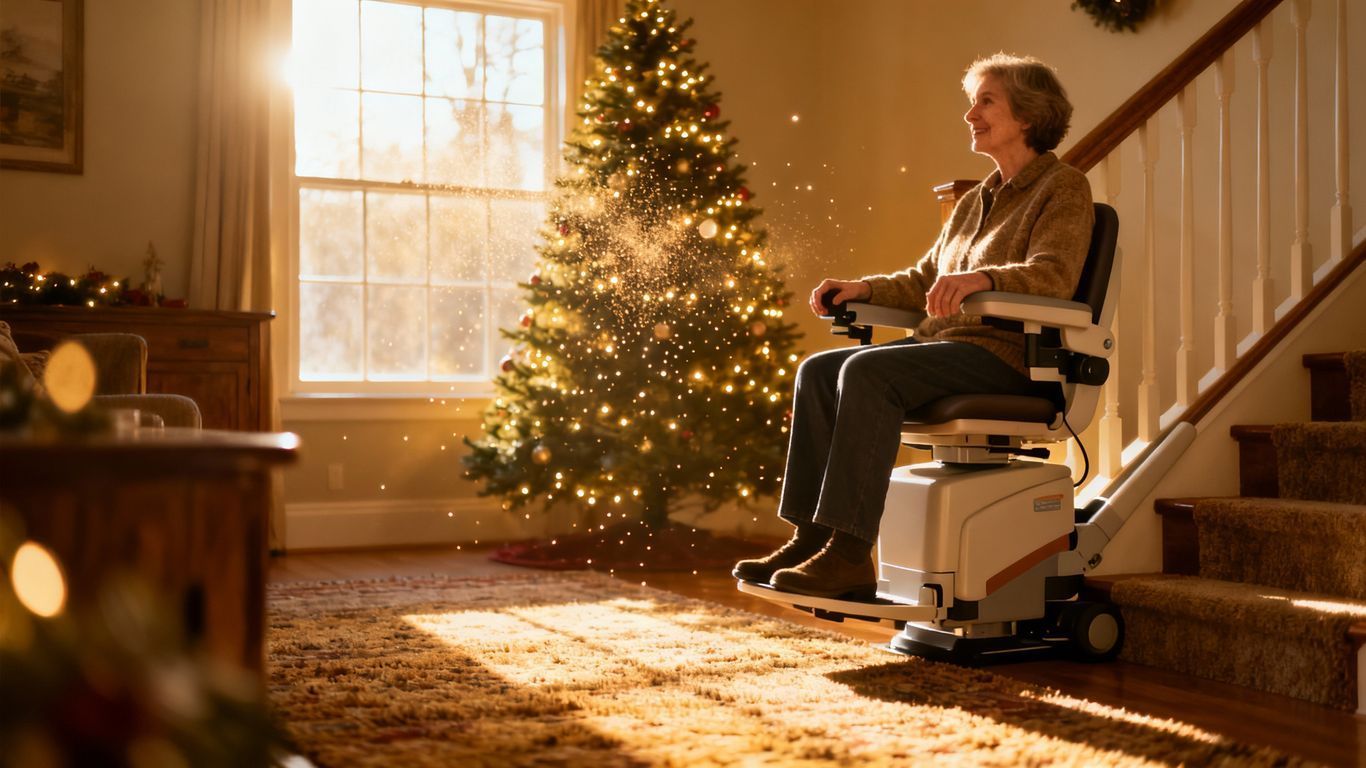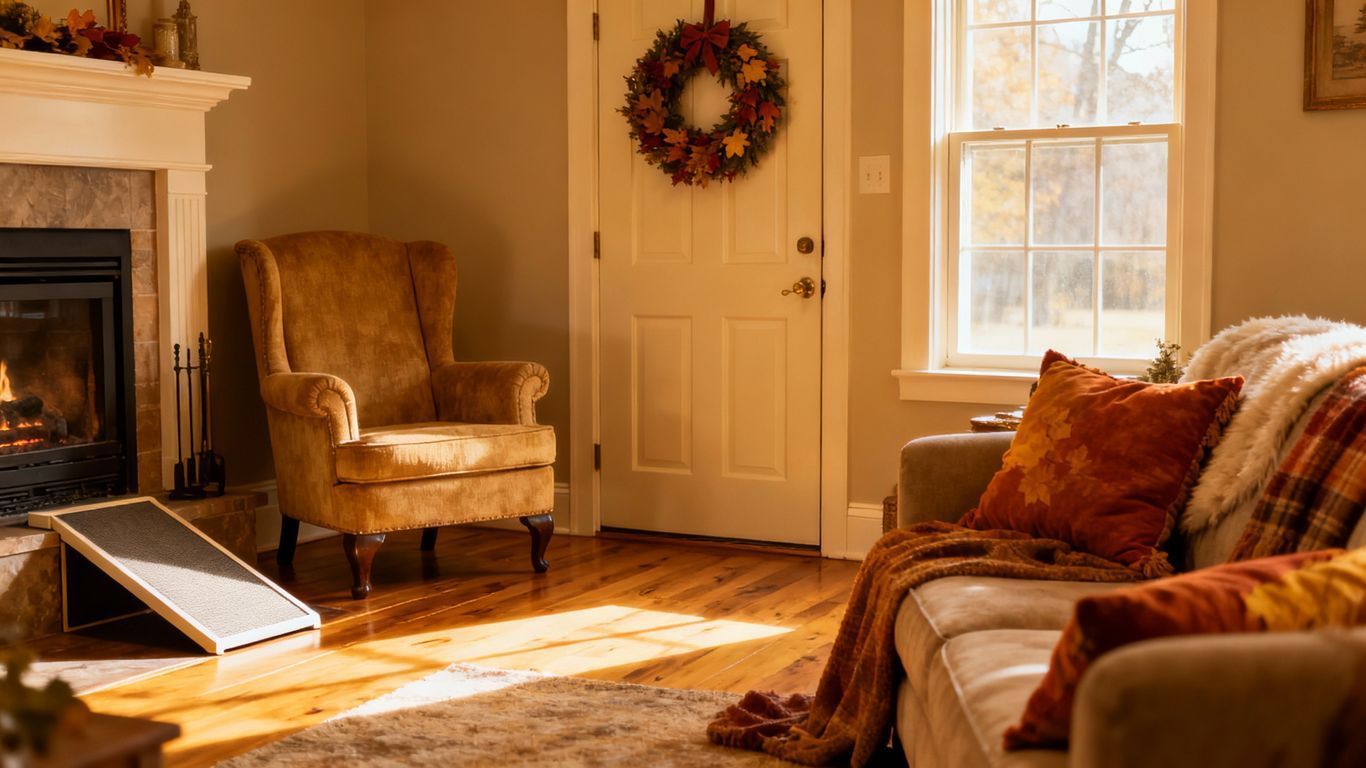What to Know Before Installing a Home Elevator in Chickamauga
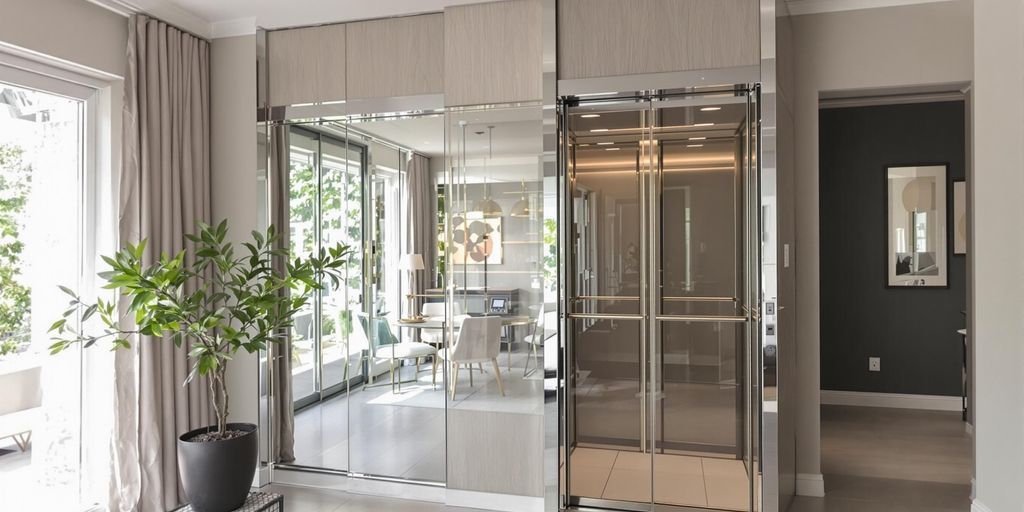
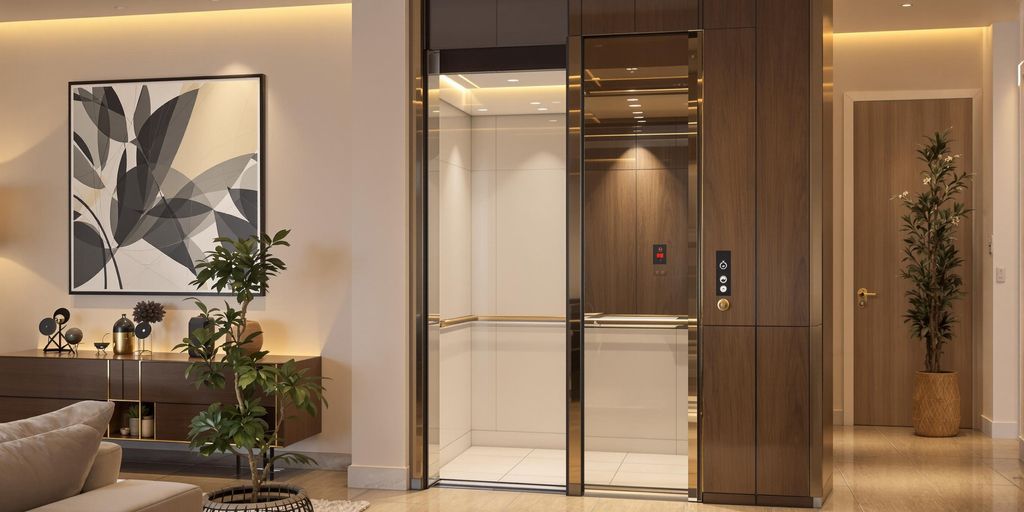
Thinking about installing a home elevator in Chickamauga? It's a big decision that can make your home more accessible and even increase its value. But before you jump in, there are a few important things you should know. From understanding the types of elevators to considering factors like space and budget, this guide has you covered.
Key Takeaways
- Home elevators come in various types, including hydraulic, traction, and pneumatic systems, each with unique features.
- Installing a home elevator can improve accessibility and make multi-story living more convenient.
- Before installation, consider your home’s layout, available space, and overall budget.
- Regular maintenance is essential to ensure the elevator runs smoothly and safely over time.
- Hiring a professional installer is crucial for safety, compliance, and a hassle-free experience.
Understanding the Basics of Installing Home Elevators in Chickamauga
What Are Home Elevators and How Do They Work?
Home elevators are compact lifts designed for residential use, allowing individuals to move between floors with ease. These systems typically operate through mechanisms like hydraulic pistons, traction systems, or pneumatic vacuum technology. Most models are designed to be user-friendly and safe for daily use. Depending on the type, they may require a dedicated shaft or can be installed with minimal structural changes.
Key Benefits of Adding a Home Elevator
Adding a home elevator comes with several advantages:
- Improved Accessibility: Makes multi-story homes navigable for individuals with mobility challenges.
- Convenience: Simplifies tasks like carrying groceries or laundry between floors.
- Property Value: Often increases the resale value of your home by adding a modern, practical feature.
A home elevator isn’t just a luxury—it’s an investment in comfort and long-term usability for your home.
Common Types of Home Elevators Available
There are three main types of home elevators:
- Hydraulic Elevators: Operate using a piston and fluid system, offering a smooth ride but requiring more space for installation.
- Traction Elevators: Use a counterweight and pulley system, ideal for taller homes with multiple floors.
- Pneumatic Elevators: Compact and powered by air pressure, making them perfect for homes with limited space.
Each type comes with its own set of pros and cons, so it’s essential to consider your home’s layout and your specific needs before making a choice.
Factors to Consider Before Installing a Home Elevator in Chickamauga
Assessing Your Home’s Layout and Space
Before jumping into the decision to install a home elevator, take a good look at your home’s layout. Not every house is naturally suited for an elevator. You’ll need to figure out where it could fit without disrupting the flow of your living space. Does your home have enough square footage to accommodate the shaft and mechanical systems? If not, you might need to consider compact or shaftless models. Also, think about structural adjustments—like reinforcing the floors or cutting through walls—that might be necessary.
Choosing the Right Elevator Type for Your Needs
There are several types of home elevators to choose from, and each comes with its own set of advantages. Here are a few options:
- Hydraulic Elevators: These are smooth and quiet but require a separate machine room.
- Traction Elevators: Great for multi-story homes, they use a pulley system and don’t need a machine room.
- Pneumatic Elevators: Compact and ideal for homes with limited space, these use air pressure to move.
Think about who will use the elevator. Is it for someone with mobility challenges, or are you just looking for convenience? This will help narrow down the right type for your specific needs.
Budgeting for Installation and Maintenance
Installing a home elevator is a big investment, so it’s important to plan your budget carefully. The initial installation cost is just one part of the equation. Don’t forget about ongoing expenses like regular maintenance, which is crucial to keeping your elevator running safely and smoothly. Also, consider whether you’ll need to finance the project or if there are any local grants or incentives that might offset the cost. A well-maintained elevator can add long-term value to your home, but only if you’re prepared for the upkeep.
The Installation Process for Home Elevators in Chickamauga
Steps Involved in Installing a Home Elevator
The process of installing a home elevator is more than just adding a new feature to your home—it’s a significant upgrade that requires careful planning and execution. Here’s a breakdown of what to expect:
- Initial Consultation: This is where it all starts. A professional will visit your home to assess your space, discuss your needs, and help you choose the right type of elevator.
- Site Preparation: Before installation, your home may need modifications, such as reinforcing walls or creating a dedicated elevator shaft. The extent of this depends on your home’s layout and the elevator model.
- Installation: The installation team will bring in the equipment, assemble the elevator, and integrate it into your home. This step can take several days to a few weeks, depending on the complexity.
- Testing and Handover: Once installed, the elevator is tested rigorously to ensure it operates smoothly and safely. You’ll also receive a walkthrough on how to use it.
Pro Tip: Always work with licensed professionals to ensure the installation meets safety standards and local building codes.
Preparing Your Home for Installation
Getting your home ready for an elevator isn’t as simple as clearing a space. Here are some things to consider:
- Evaluate Structural Requirements: Some homes may need additional support beams or structural changes to accommodate the elevator.
- Plan for Utilities: Make sure there’s access to power and, if needed, plumbing for certain elevator types.
- Clear the Area: Remove furniture, decorations, or any obstructions near the installation site to give workers enough room to operate.
Ensuring Safety and Compliance During Installation
Safety is key when installing a home elevator. Here’s how to make sure everything is up to standard:
- Hire Certified Installers: Professionals with experience in elevator installations will ensure everything is done correctly.
- Follow Local Codes: Building codes vary by region, so it’s essential to check that your installation complies with Chickamauga’s regulations.
- Inspect Post-Installation: After the elevator is installed, have it inspected by a third party or local authority to confirm it’s safe to use.
Installing a home elevator is a transformative step for your home, but it’s not something to rush. Proper planning and attention to detail can make the process smooth and stress-free.
Maintenance and Upkeep of Home Elevators
Importance of Regular Maintenance
Keeping your home elevator in good shape isn’t just about convenience—it’s about safety. Regular maintenance is essential to ensure your elevator operates smoothly and reliably. Most residential elevators, like those found in Chickamauga, should be serviced at least once a year. However, depending on the model and frequency of use, some might need more frequent check-ups. Skipping maintenance can lead to costly repairs or even safety hazards down the line.
Common Issues and How to Address Them
Even with regular care, elevators can develop issues over time. Here are some common problems and what you can do:
- Strange Noises: If you hear grinding or squeaking, it could mean parts need lubrication or adjustment.
- Jerky Movements: This might indicate a problem with the cables or hydraulic system.
- Slow Operation: A slow elevator could signal wear and tear on the motor or a need for an electrical tune-up.
For any of these issues, it’s best to call a professional rather than attempting to fix it yourself. Residential elevators often require specialized tools and expertise to repair safely.
Hiring Professionals for Repairs and Servicing
When it comes to elevator maintenance, don’t cut corners. Hiring a qualified technician ensures that your system is inspected and repaired correctly. Look for providers with experience servicing your specific model and ask about their response times for emergency repairs. Many companies offer maintenance contracts that include regular check-ups, which can save you money in the long run.
A well-maintained elevator isn’t just about smooth rides—it’s about peace of mind for you and your family.
Enhancing Accessibility and Independence with Home Elevators
How Home Elevators Improve Daily Living
Home elevators can dramatically change the way you live in a multi-story home. They eliminate the physical strain of climbing stairs, which is especially helpful for those with mobility issues or chronic pain. You no longer have to think twice about carrying groceries, laundry, or other heavy items up and down. Instead, a home elevator makes these tasks simple and stress-free. Plus, it’s not just about convenience—it’s about making your home a place where you can live comfortably for years to come.
Making Multi-Story Homes Accessible
For anyone who struggles with stairs, a home elevator is a game-changer. It opens up the entire house, allowing you to use every floor without limitations. Whether you’re dealing with temporary recovery from surgery or long-term mobility challenges, elevators offer a practical solution. They also reduce the risk of falls on stairs, a common concern for seniors. This means peace of mind for you and your loved ones while maintaining access to your entire home.
Supporting Mobility Challenges with Elevators
Mobility issues shouldn’t force you to move out of the home you love. Home elevators provide a way to stay independent, even as your physical needs change. They’re designed to support wheelchairs, walkers, and other mobility aids, making it easier to move between floors without assistance. For many, this means regaining a sense of autonomy and dignity. Residential elevators enhance seniors' mobility by allowing them to navigate their homes freely, restoring their independence and reducing the need for assistance.
Future Trends in Home Elevator Technology
Advancements in Smart Elevator Systems
Home elevators are becoming smarter, and it’s not just about moving between floors anymore. Imagine stepping into your elevator and simply saying, "Take me to the kitchen," and it does the rest. With voice recognition and app integration, smart elevators are making life more seamless. Some systems even learn your daily routines, so if you always head to the bedroom at 10 PM, the elevator is ready for you without a button press. These features aren’t just cool; they make the elevator more intuitive and user-friendly.
Eco-Friendly and Energy-Efficient Designs
As sustainability becomes a bigger priority, home elevators are following suit. Manufacturers are now focusing on energy-efficient models that use less power and sometimes even run on renewable energy sources like solar. Hydraulic systems with eco-friendly fluids and regenerative drives that recycle energy during operation are becoming more common. These designs not only reduce your electricity bills but also lessen the environmental impact of having an elevator in your home.
Customization Options for Modern Homes
Forget one-size-fits-all elevators. Today, you can customize everything—from the shape and size to the materials and finishes. Want a glass elevator to showcase your modern home design? Or maybe a compact model to fit into a tight corner? It’s all possible. You can even choose from a range of colors, lighting options, and control panels to match your home’s aesthetic. Customization isn’t just about looks; it’s about making the elevator a natural extension of your living space.
The future of home elevators is all about blending technology, sustainability, and personal style to create systems that are as practical as they are beautiful. These advancements are not just trends—they’re shaping how we think about accessibility and comfort in our homes.
Choosing the Right Professional for Home Elevator Installation
Why Professional Installation Matters
When it comes to installing a home elevator, having a professional handle the job is non-negotiable. A poorly installed elevator can be a safety hazard, not just an inconvenience. Professionals ensure that the system is installed correctly, meets safety codes, and works flawlessly. They also have the expertise to navigate challenges like tight spaces or unique home layouts, ensuring that your elevator integrates seamlessly into your home.
Questions to Ask Your Installer
Before hiring someone, it’s important to ask the right questions to avoid surprises later. Here’s a list to guide you:
- What’s your experience with residential elevators? Look for someone with a proven track record in home installations.
- Do you offer a warranty? A good installer should stand by their work and the equipment they provide.
- Can you provide references? Talking to past clients can give you insights into their reliability and quality of work.
- What’s included in the quote? Make sure to clarify whether the price includes installation, materials, and any permits.
- Do you handle maintenance? Some companies offer ongoing maintenance services, which is a big plus.
Finding Trusted Providers in Chickamauga
Finding the right installer locally can save you time and potential headaches. Start by asking for recommendations from friends or neighbors who’ve had elevators installed. You can also search for companies specializing in home elevators in Chickamauga. Look for those with solid reviews and a reputation for excellent customer service.
Hiring the right professional is about more than just getting the job done—it’s about peace of mind. Knowing your home elevator is installed safely and correctly means you can focus on enjoying its benefits without worry.
If you’re weighing the pros and cons of professional installation versus doing it yourself, check out this explore the differences between DIY and professional home elevator installation, along with tips for selecting the best option for your needs.
When it comes to installing a home elevator, picking the right expert is key. You want someone who knows what they’re doing and can make the process easy for you. Don’t wait any longer! Visit our website to get a free quote and see how we can help you today!
Conclusion
Installing a home elevator in Chickamauga is a big decision, but it can make life so much easier, especially if you or a loved one struggles with mobility. Take your time to figure out what works best for your home and your needs. Talk to professionals, ask questions, and don’t rush the process. A well-chosen and properly installed elevator can add convenience, safety, and even value to your home. So, whether you’re planning for the future or addressing current challenges, a home elevator might just be the upgrade that makes all the difference.
Frequently Asked Questions
What are the benefits of installing a home elevator?
Home elevators make moving between floors easier, improve accessibility, and can increase your home's value.
How do I choose the right type of home elevator?
Consider your home’s layout, available space, and your specific needs. Consulting a professional can help you decide.
Is installing a home elevator expensive?
Costs vary based on the type of elevator and installation requirements. It’s important to budget for both installation and maintenance.
How long does it take to install a home elevator?
The timeline depends on the complexity of the project, but most installations take a few days to a couple of weeks.
What maintenance does a home elevator require?
Regular inspections, cleaning, and servicing by professionals are essential to keep it running smoothly and safely.
Are home elevators safe to use?
Yes, modern home elevators come with safety features like emergency stop buttons, backup power, and door sensors.

